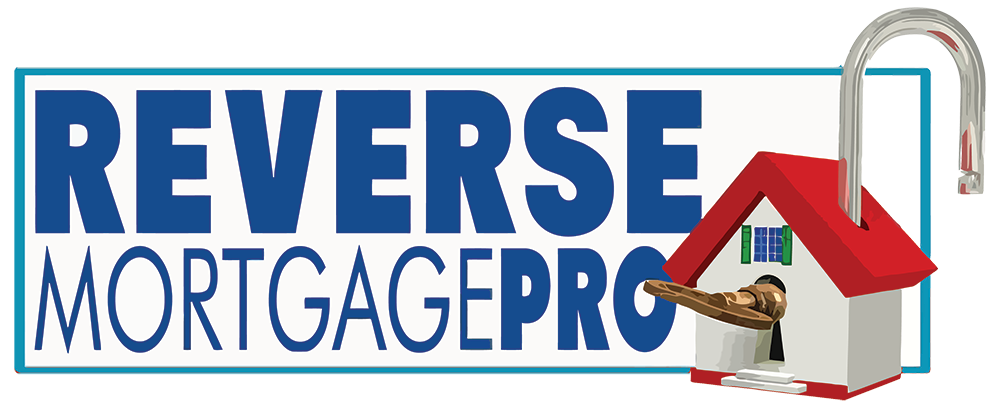Investing in elderly care is increasingly important as we age, but the associated costs are increasing significantly. Because of that, many seniors have difficulty paying for them, with some ending up depleting their insurance or retirement funds. Reverse loans can help ease this financial burden, but first, let’s discuss how they work and the critical points to consider.
How They Support Long-Term Care
This mortgage allows homeowners 62 years old and above to get cash from a portion of their home equity without selling the property. They can retain ownership and continue living there. Moreover, this loan doesn’t require monthly payments. It’s only repaid when the borrower moves out, sells the house, or passes away.
Reverse mortgage proceeds are tax-free and can be used for medications, mobility or hearing aids, or nursing home/assisted living care. Borrowers can also use them to renovate their homes for enhanced safety and aging in place. They can receive the proceeds in several ways:
- Monthly Payments: These can supplement their retirement funds or other financial resources to cover recurring care expenses.
- Lump Sum: Receiving the full amount helps cover upfront costs, such as medical equipment and home modifications.
- Line of Credit: This option allows seniors to withdraw funds only when necessary while preserving equity over time.
Do note that regular payments and lump sums accrue interest on the mortgage, while lines of credit only grow interest on the withdrawn amount. Borrowers can also choose a combination of payout modes to fit their care plan.
What To Know Before Committing
Seniors must consider several factors before using a reverse mortgage to pay for long-term care. First, its costs may accumulate over time, affecting your home’s value and inheritance for heirs. These include:
- Application, Origination, and Closing Fees
- Interest (If Applicable)
- Mortgage Insurance Premiums
- Property Taxes
- Servicing Costs
Second, remember that the loan becomes due when borrowers move out permanently. It may not be the most cost-effective choice if you foresee the need to move out and downsize or enter a full-time care facility. Conversely, it’s more appealing for seniors who intend to age in place.
Because of that, speaking with a reverse loan professional or HUD-approved advisor is necessary. They will help you understand this option’s intricacies and potential drawbacks and evaluate whether it aligns with your care goals and financial resources.
Conclusion
With a reverse mortgage, seniors can pay for their healthcare needs without worrying about draining their savings or selling their home. However, it may not be the right option for everyone. It heavily depends on the individual’s financial circumstances, care needs, and other plans for the future.
If you’re considering using a reverse mortgage for long-term care planning, talk to Reverse Mortgage Pro’s specialists in Virginia. We’ll answer all your inquiries and ensure you make an informed decision.


